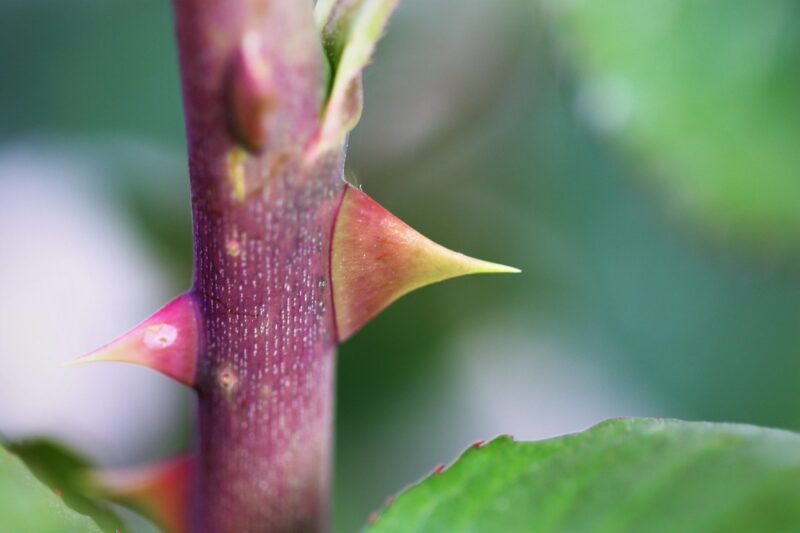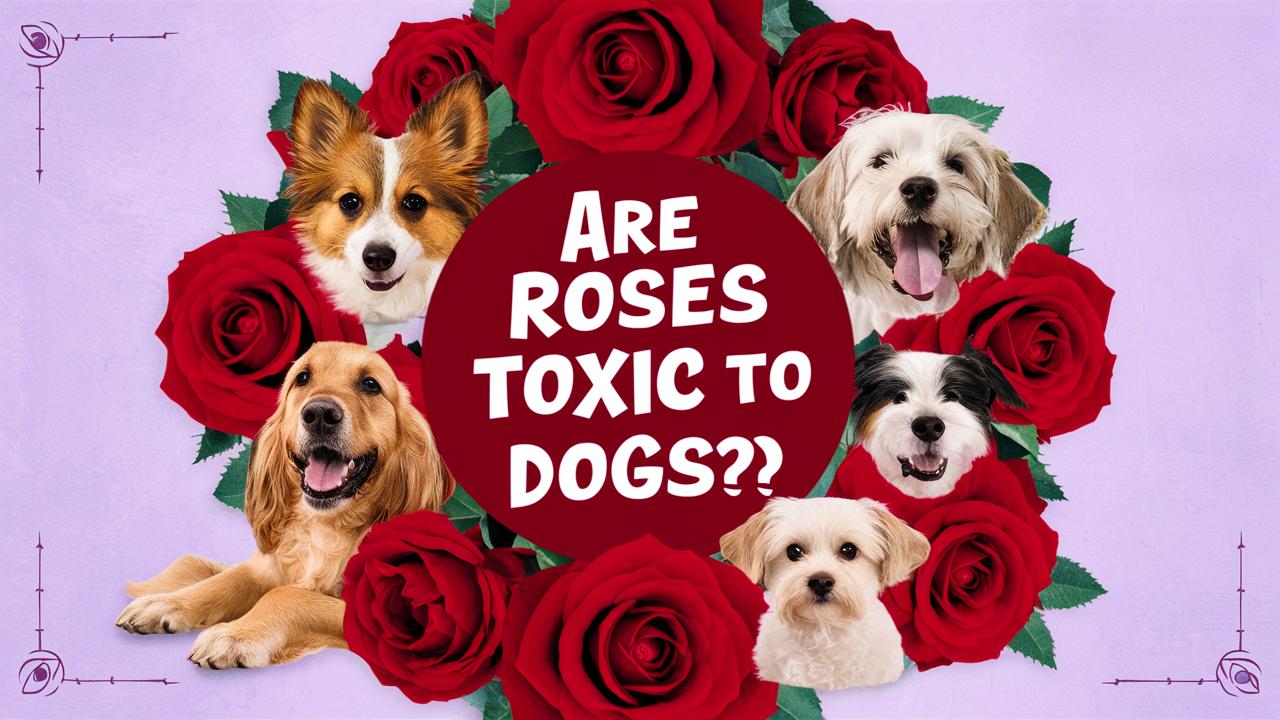Are roses toxic to dogs? In this comprehensive guide, we will explore this question from all angles, helping you keep your beloved pet safe while enjoying the beauty of roses.
Are Roses Toxic to Dogs?

The short answer is: no, roses are not considered toxic to dogs. According to the American Society for the Prevention of Cruelty to Animals (ASPCA), roses are not among the plants listed as harmful to dogs. This is positive news for pet owners, especially those who have rose bushes or floral arrangements adorning their homes.
However, while roses are not toxic, there are some considerations to keep in mind. Just because a plant is non-toxic does not automatically mean it is entirely safe for your dog. There are various factors that could present risks, especially in certain situations.
Potential Risks Associated with Roses

1. Thorns and Physical Injury
One of the primary dangers that roses present to dogs are their sharp thorns. While the flowers themselves do not contain toxic substances, those thorns can cause injuries. A curious dog sniffing or playing with a rose bush could easily get poked or scratched, leading to cuts, scrapes, or even more severe lacerations.
If a dog injures itself on a thorn, it is crucial to monitor the wound for signs of infection. Minor injuries may primarily require cleaning, but deeper wounds could necessitate a veterinary visit.
2. Allergic Reactions
While roses are not toxic, some dogs may experience allergic reactions to pollen or other components of the plant. Symptoms of an allergic reaction can include itching, swelling, dermatitis, and gastrointestinal upset. Monitoring your dog for signs of distress after exposure to roses can help in identifying potential allergies.
Should you notice signs such as excessive scratching, scooting, or digestive issues after your dog has been around roses, consult your veterinarian for guidance and potential treatment options.
3. Ingestion of Plant Material
Although roses are non-toxic, ingestion of any plant material can cause digestive upset in dogs. Eating petals, leaves, or even the stem could lead to nausea, vomiting, or diarrhea. If you find your dog has eaten part of a rose plant, it’s crucial to observe them closely.
If your pet exhibits signs of distress like vomiting, diarrhea, or lethargy, consult your veterinarian for advice. They may suggest at-home care or recommend bringing your dog in for an evaluation.
4. Chemical Treatment of Roses
Another factor to consider is how the roses are treated in your garden. Many gardeners use pesticides, herbicides, and fertilizers to maintain the health of their plants. While these chemicals may not affect roses directly, they can be harmful to dogs if ingested or absorbed through the skin.
If you use chemical treatments, be sure to keep your pets away from treated areas and allow ample time for the chemicals to dissipate before allowing them back into the garden. Opting for organic gardening techniques can also help minimize risks to your pets.
Keeping Your Dog Safe Around Roses

With roses in bloom, it’s essential to take proactive steps to ensure your dog’s safety. Here are some strategies to keep in mind:
1. Supervise Playtime in the Garden
When dogs are playing in a garden filled with roses, they should be supervised. This not only allows you to observe their behavior around plants but also helps prevent them from getting too curious or playing roughly around thorny bushes that could cause injury.
2. Train “Leave It”
Training your dog to respond to commands like “leave it” can help them understand that they should stay away from certain plants. Positive reinforcement techniques can aid in successful training, encouraging your dog to redirect their attention elsewhere instead of sniffing around rose bushes.
3. Establish Boundaries
If you have a garden or yard filled with roses, consider establishing physical barriers to protect both your plants and your dog. Fencing off areas with thorny rose bushes can deter your dog from getting too close to them.
4. Choose Dog-Friendly Plants
When designing your garden, consider incorporating dog-friendly plants alongside your roses. Creating a diverse space will provide various smells and textures for your dog to explore while minimizing their risks around more dangerous plants.
Signs of Rose-Related Issues in Dogs
Being vigilant and observant is key when it comes to your dog’s health. If your pet exhibits any signs of distress after being around roses (or any plant), take note of the symptoms and be ready to take immediate action. Here are some common signs to watch for:
Gastrointestinal Distress
If your dog has eaten part of a rose or any unfamiliar plant, look for signs like vomiting or diarrhea. These symptoms indicate that they might have an upset stomach. If symptoms linger or worsen, reach out to your veterinarian for support.
Skin Irritation
If your dog has made contact with roses and begins to scratch, lick, or chew at certain spots on their skin, this could indicate an allergic reaction. Look for redness, swelling, or rash-like lesions. Keeping your dog comfortable and consulting a veterinarian can lead to proper treatment.
Lethargy or Unusual Behavior
Take note if your dog becomes unusually lethargic or shows signs of discomfort without an apparent cause. This could indicate allergen exposure, injury, or other issues requiring veterinary attention.
Be Informed About Other Common Plants

While we’ve established that roses are generally safe for dogs, it’s crucial for pet owners to understand other plants that might create health hazards. Many common houseplants, outdoor flora, and garden plants can be toxic to dogs. Some of these include:
Lilies: Highly toxic to dogs, causing severe kidney damage.
Azaleas: Can result in gastrointestinal distress and more severe reactions.
Sago Palms: Extremely toxic, often leading to fatal liver failure in dogs.
Familiarizing yourself with potentially dangerous plants ensures that your home and yard remain safe and enjoyable spaces for your dog.
Conclusion: Enjoying Roses Safely with Your Dog
In conclusion, while roses are not toxic to dogs, it’s essential to approach their relationship with these beautiful blooms thoughtfully. The presence of thorns, the potential for allergic reactions, and the risks of chemical treatments mean that vigilance is key in ensuring your dog’s safety.





